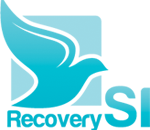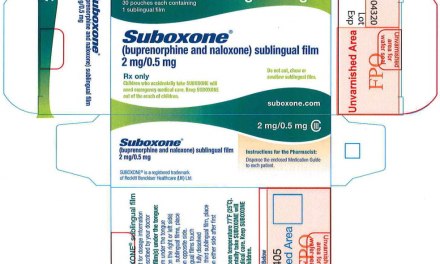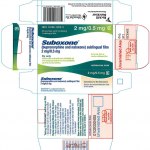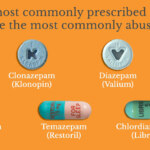A colleague of mine was speaking favorably of his own experience of residential treatment some years before. “The way I was going, it probably saved my life,” he said. “But no way it kept me sober. AA did that. The treatment program was what it took to convince me to go.”
That in a nutshell is how a Twelve Step Facilitation model (TSF) works. It’s not just about learning the Steps. It’s about motivating the alcoholic or addict to actual participation, long enough to experience the benefits that may not be immediately obvious. Or as the saying goes: “To keep coming back until you want to.”
By the way, the version used in the massive Project MATCH study– 8 years, multiple sites, $27 million– wasn’t much like contemporary Minnesota-model programs. In the first place, it wasn’t very intense– just 12 weekly sessions with a professional counselor. No requirement that participants attend actual AA meetings, or pick a sponsor or a home group. It was a research model designed to be compared, on a reasonably level basis, with two other common approaches.
It’s apparent that TSF works best in communities that have strong existing 12 Step fellowships. Example: two towns of roughly the same size about 60 miles apart here in New Mexico, both with outpatient addiction programs. One town is notable for strong 12 step support, while the other has a few good meetings but overall much less participation. That second program makes an effort to bring an AA meeting onsite monthly, but reports that most of its clients do not attend AA other than that meeting. So their primary treatment model is an evidence-based practice rooted in CBT, not the 12 Steps. They aren’t convinced it works all that well, but given the circumstances, it seemed like the best choice.
The pragmatism of this makes sense to me. When setting up your program, ask yourself: Who are my clients? What is their history of prior treatment? What resources do they have or lack? What other support for recovery is available in my community, and at what price? What other problems do they face? What co-disorders, medical or emotional, need to be addressed? Do I plan to rely mostly on group or individual sessions? And then decide on the best approach for your situation.
That’s surprisingly difficult for many in the addictions field, and it’s every bit as challenging for passionate advocates of CBT or REBT or Motivational Interviewing as it is for dedicated 12 Steppers. The debates can be circular and seemingly endless.
But if Project MATCH had it right, and all three work but none works significantly better than the others– then what’s all the argument about?














Project Match I believe concentrated mainly on 12 step facilitation in which the studies group only took 3 of the 12 steps. In AA parlance they had only decided to take the rest of the “treatment” i.e. steps 4-12. This is the treatment of AA – some treatment centres do up until step 5, again better than getting to step 3 but not the full “treatment” – regardless of these serious caveats, long term recovery was better with 12 step facilitation, however limited, compared to other treatments (perhaps aided by clients then becoming long term members of 12 step groups!?) Also the scope of the comparisons between treatments was very narrow. Project Match may illustrate why we have to be very circumspect about academic studies. Researchers only pick and study variables of their choosing, sometimes these variables can miss the most important aspects and so not give a full picture, at all, of processes and trends or efficacy of different treatments. I would suggest a better study would be to study those over a year and more (in a proper longitudinal study) in mutual aid groups such as AA, SMART, etc. This is where recovery is done. Project Match seems to lack ecological validity and does not really understand the sometimes, mutual and collective nature of treatment and recovery.
Groups are important whatever the structure. Project Match is interesting. I believe (at the end of the day, the latest “saying”) one person helping another with similar struggles is what works. I have asked many patients what stood out to you most in past treatment and what I hear over and over is the stories they have heard from others experiencing similar struggles and how they did or did not handle them.
And Women For Sobriety works beautifully for those who are serious about sobriety when the 12-Step programs failed.